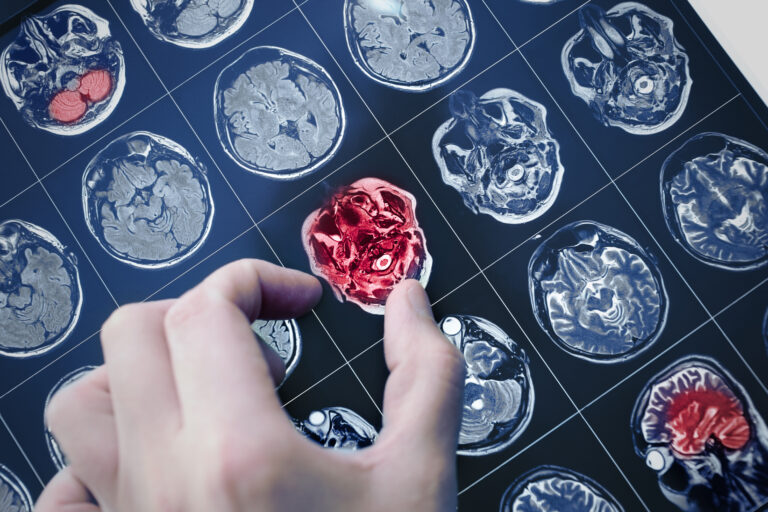**Mapping Brain Connectivity Changes Using Advanced Neuroimaging**
Understanding how our brains work is a fascinating and complex field of study. One of the most exciting advancements in this area is the use of advanced neuroimaging techniques to map brain connectivity changes. This means scientists can see how different parts of the brain communicate with each other, which is crucial for understanding many neurological conditions and cognitive processes.
### What is Advanced Neuroimaging?
Advanced neuroimaging involves using sophisticated methods to visualize the brain. These methods include techniques like functional magnetic resonance imaging (fMRI), which measures brain activity by detecting changes in blood flow, and electroencephalography (EEG), which records electrical activity in the brain. These tools help researchers understand how different brain regions work together.
### Mapping Brain Connectivity
One of the key challenges in neuroscience is mapping how different parts of the brain connect and communicate. This is known as brain connectivity. Advanced neuroimaging techniques allow researchers to visualize these connections in real-time, providing a detailed picture of how the brain functions.
For example, a recent study used a novel multi-dimensional experience-sampling approach to map thought patterns onto brain activity during movie-watching. This method, called multi-dimensional experience-sampling (mDES), involves asking participants about their thoughts and experiences while their brain activity is being recorded. The study found that different thought patterns, such as episodic knowledge and sensory engagement, were associated with specific brain regions and activities. This helps scientists understand how our brains process information and memories[1].
### Applications in Neuroscience
Advanced neuroimaging has numerous applications in neuroscience. It can help diagnose and monitor neurological conditions like Alzheimer’s disease, Parkinson’s disease, and stroke. By mapping brain connectivity changes, researchers can identify early signs of these conditions and track their progression over time.
Moreover, advanced neuroimaging can be used to study cognitive processes like attention, memory, and language. For instance, a study on brain-to-text decoding used EEG signals to decode human brain activity in real-time. This approach aims to speed up the process of understanding the human brain by leveraging cost-efficient and portable EEG technology[3].
### Future Directions
The field of advanced neuroimaging is rapidly evolving. Future research will likely focus on combining these techniques with artificial intelligence and machine learning algorithms to enhance their accuracy and efficiency. This integration will help in developing more precise diagnostic tools and treatments for neurological disorders.
In conclusion, advanced neuroimaging techniques have revolutionized our understanding of brain connectivity and cognitive processes. By mapping these changes, scientists can gain insights into how our brains work and develop new treatments for various neurological conditions. This exciting field continues to advance our knowledge of the human brain, paving the way for future breakthroughs in neuroscience.





